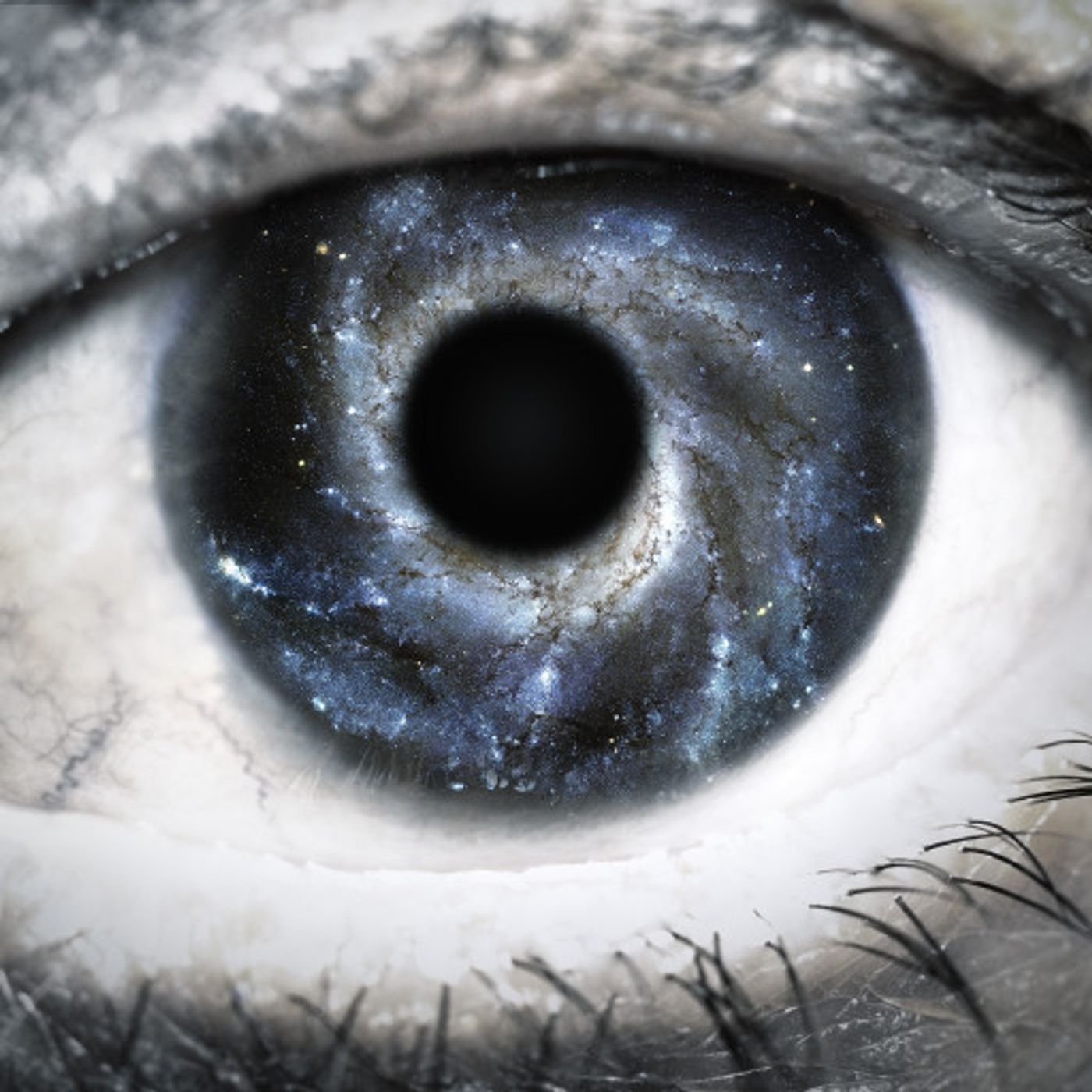- Culture
- SEE MORE
- classical
- general
- talk
- News
- Family
- Bürgerfunk
- pop
- Islam
- soul
- jazz
- Comedy
- humor
- wissenschaft
- opera
- baroque
- gesellschaft
- theater
- Local
- alternative
- electro
- rock
- rap
- lifestyle
- Music
- como
- RNE
- ballads
- greek
- Buddhism
- deportes
- christian
- Technology
- piano
- djs
- Dance
- dutch
- flamenco
- social
- hope
- christian rock
- academia
- afrique
- Business
- musique
- ελληνική-μουσική
- religion
- World radio
- Zarzuela
- travel
- World
- NFL
- media
- Art
- public
- Sports
- Gospel
- st.
- baptist
- Leisure
- Kids & Family
- musical
- club
- Health & Fitness
- True Crime
- Fiction
- children
- Society & Culture
- TV & Film
- gold
- kunst
- música
- gay
- Natural
- a
- francais
- bach
- economics
- kultur
- evangelical
- tech
- Opinion
- Government
- gaming
- College
- technik
- History
- Jesus
- Health
- movies
- radio
- services
- Church
- podcast
- Education
- international
- Transportation
- Other
- kids
- podcasts
- philadelphia
- Noticias
- love
- sport
- Salud
- film
- and
- 4chan
- Disco
- Stories
- fashion
- Arts
- interviews
- hardstyle
- entertainment
- humour
- medieval
- literature
- alma
- Cultura
- video
- TV
- Science
- en
Fringe Flashback! Samhain and Halloween - Peeranormal with Dr. Michael Heiser

ORIGINAL AIR DATE: October 26, 2018
\u201cSamhain\u201d (pronounced "sow-in," with the "ow" like in "cow," or \u201csow-een,\u201d with \u201cow\u201d as in \u201cglow\u201d) is an Irish Gaelic term for the time of "summer's end,\u201d as well as a festival to mark the end of the harvest season and the onset of winter which, in the Gaelic / Celtic calendar, marked the beginning of the year. Because the Celtic day began and ended at sunset, not sunrise, the festival was traditionally celebrated from October 31 to November 1. Sanhaim is the ancient backdrop to Halloween, not only in terms of the calendar, but also in terms of basically all the modern elements of that holiday. This episode investigates the history of Samhain and its curious links to the ancient biblical worldview of demons, giants, and the realm of the dead.
Articles for this episode:
In public domain, via archive.org, from Hastings\u2019 Encyclop\xe6dia of Religion and Ethics (ed. James Hastings, John A. Selbie, and Louis H. Gray; Edinburgh; New York: T. & T. Clark; Charles Scribner\u2019s Sons, 1908\u20131926):
\u201c(Celtic) Cosmogony\u201d
\u201cCeltic Feasts and Festivals\u201d
\u201cIrish Deities\u201d
Journal articles not in public domain:
Helen Sewell Johnson, \u201cNovember Eve Beliefs and Customs in Irish Life and Literature,\u201d The Journal of American Folklore 81:320 (Apr. \u2013 Jun., 1968), pp. 133-142
Jack Santino, \u201cHalloween in America: Contemporary Customs and Performances,\u201d Western Folklore 42:1 (Jan., 1983), pp. 1-20r